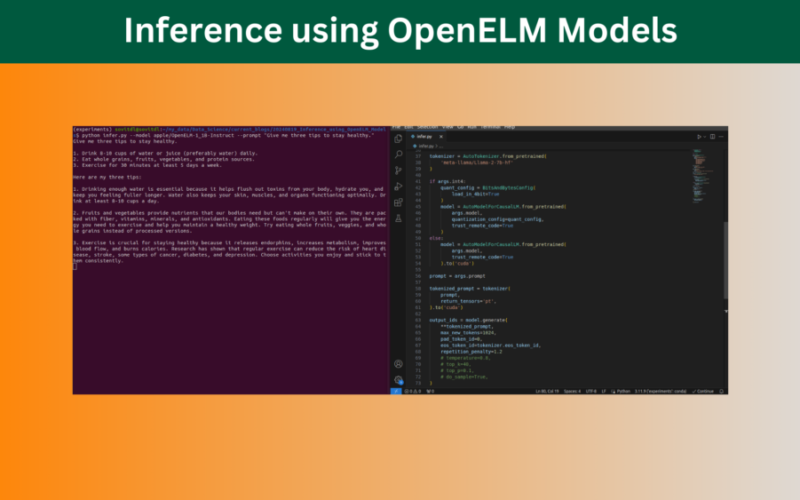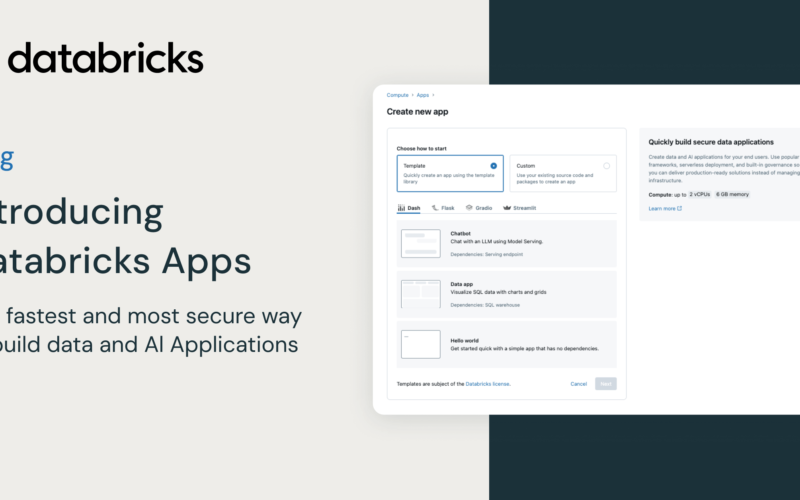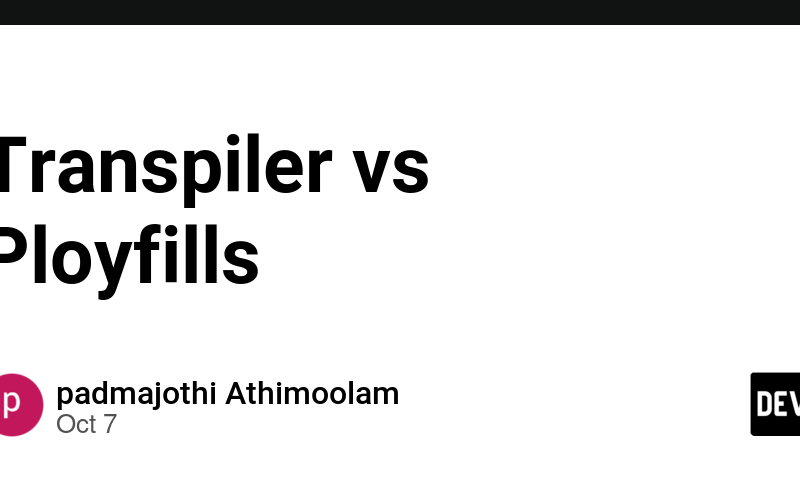11
Oct
Deploying a Next.js app to GitHub Pages can be a bit tricky due to the static nature of GitHub Pages and the dynamic features of Next.js. In this article, I'll walk you through the steps to successfully deploy do it. Prerequisites A GitHub account Node.js and npm installed on your machine A Next.js project ready to deploy Step 1: Install gh-pages npm install gh-pages --save-dev Step 2: Update next.config.mjs Next, you need to update your next.config.js (or next.config.mjs) file to handle the base path and asset prefix correctly. const isProd = process.env.NODE_ENV === 'production'; const nextConfig = { reactStrictMode: true,…










